Foliage
While flowering plants are the centerpiece of gardens, foliage plants can offer unique interest too. Foliage gardens can stand alone or accent your favorite flowers. Caring for foliage plants is no different than most other garden flora, but it helps to know about their basic needs, especially with the number of foliage plants and types of ornamental grass available. Keep reading for information on growing foliage plants and grasses in the garden, including specifics on individual plant types and ornamental grass care.
Explore Foliage
-
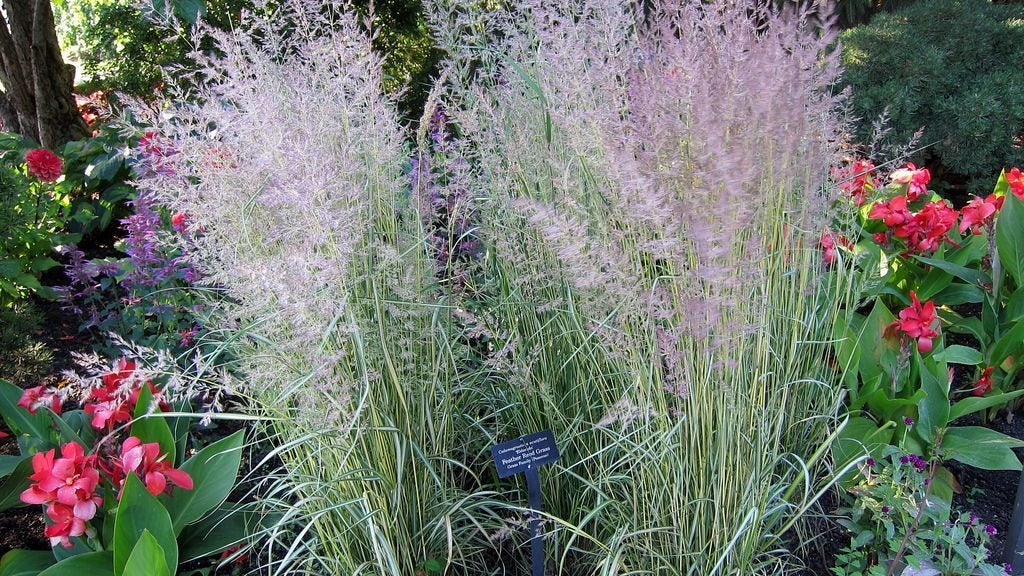
What is Eldorado Grass: Learn About Growing Eldorado Feather Reed Grass
Eldorado grass is a stunning ornamental grass with narrow, gold-striped leaves. Feathery pale purple plumes rise above the plant in midsummer, turning a rich wheat color in fall and into winter. Looking for more Eldorado feather reed grass information? Click here.
By Mary H. Dyer
-
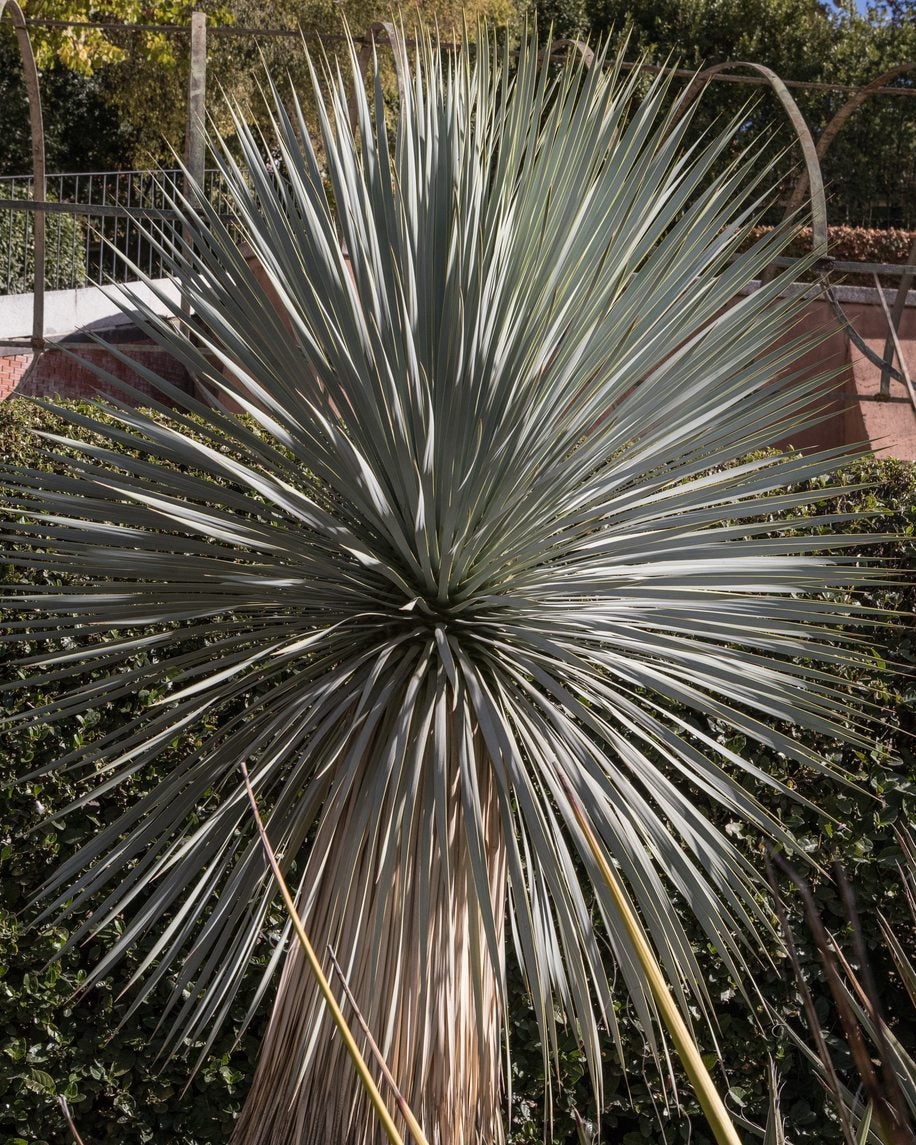
Big Bend Yucca Care – How To Grow Big Bend Yucca Plants
Big Bend yucca is a tree-like type of yucca with blue-green, lance-shaped leaves and tall, bell-shaped blooms that rise above the plant in summer. Big Bend yucca plants are easy to grow in USDA plant hardiness zones 5-10. Learn how to grow this yucca here.
By Mary H. Dyer
-
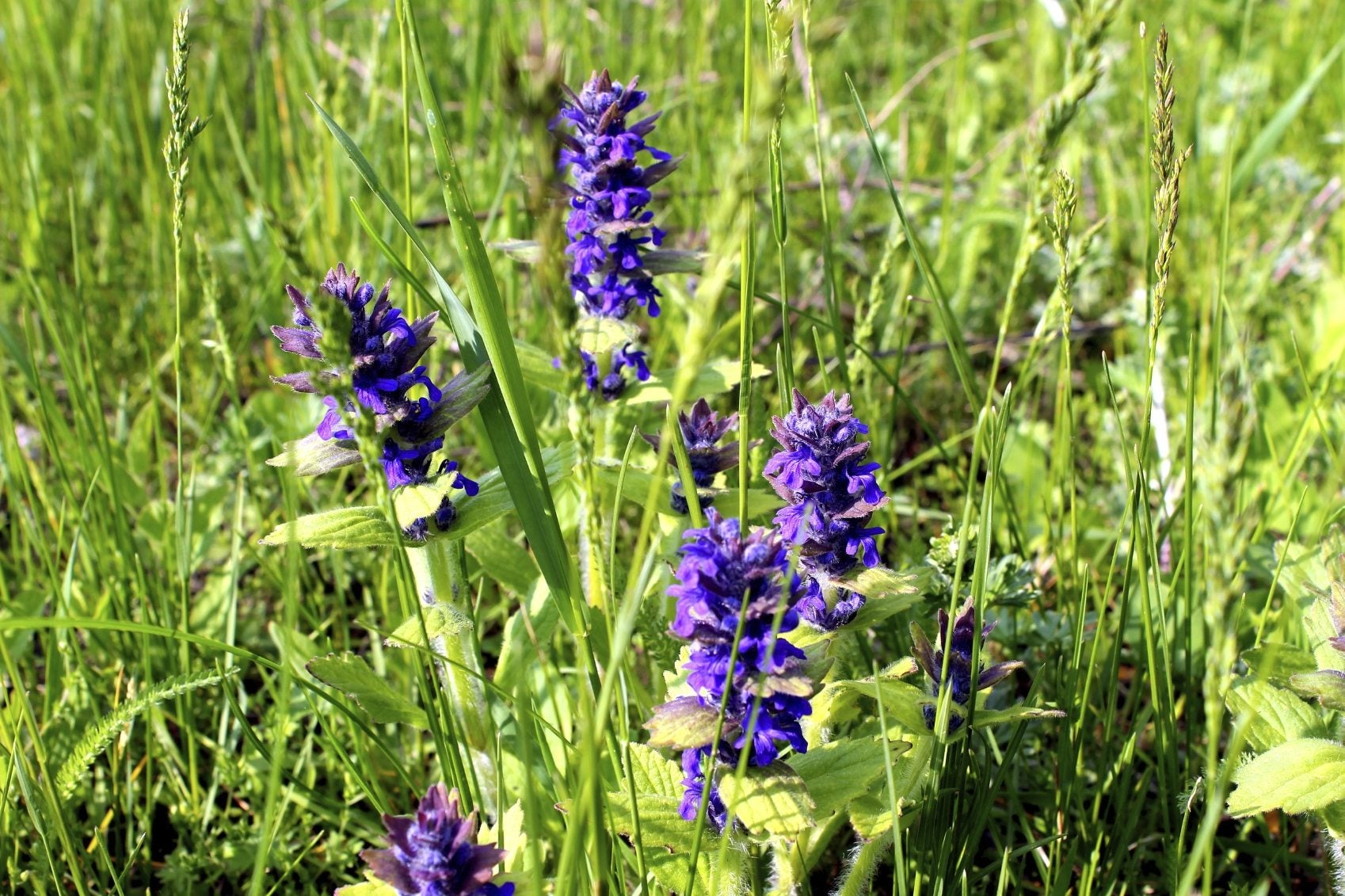
Treating Bugleweeds: Learn How To Control Ajuga Plants
Ajuga tends to escape its boundaries and invades flower beds and lawns if it isn't carefully contained. Ajuga weed control is tricky and especially challenging in lawns. This article has more information about getting rid of bugleweed.
By Mary H. Dyer
-
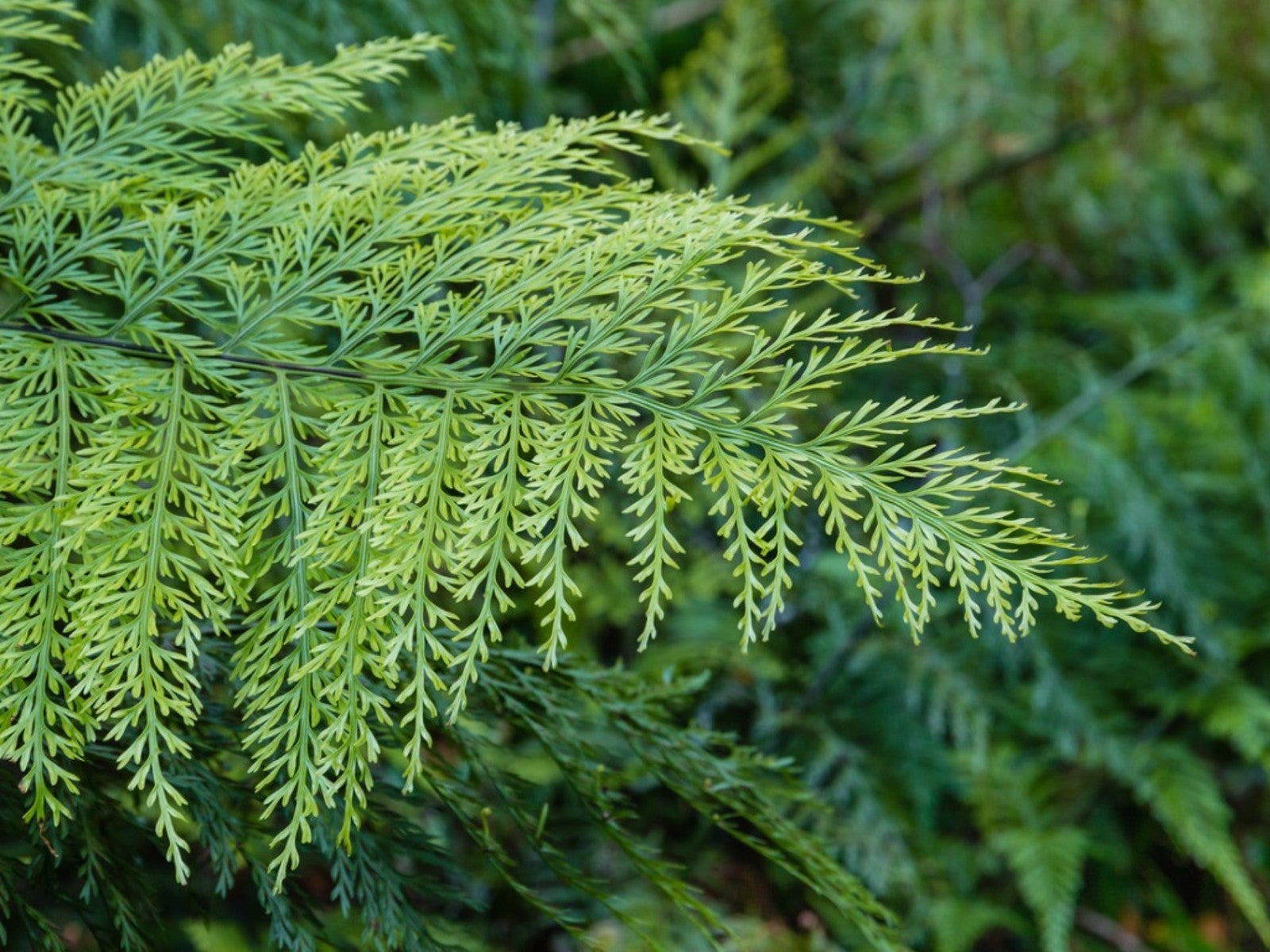
How To Care For A Tropical Mother Fern Indoors
Mother fern is a fern native to New Zealand sold as a common indoor houseplant. Click the following for information on mother fern indoor care and propagation.
By Amy Grant
-
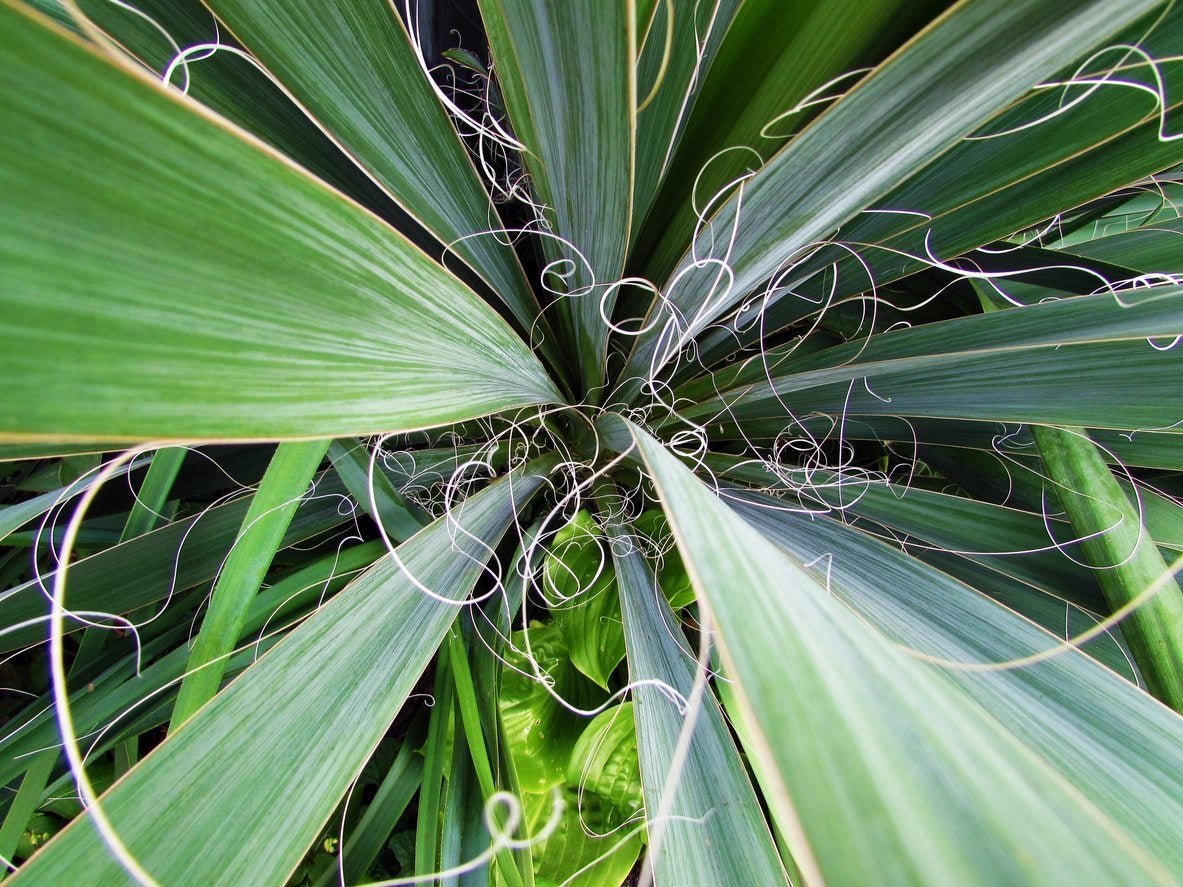
Adam’s Needle Information – How To Grow An Adam’s Needle Yucca Plant
Adam's needle yucca (Yucca filamentosa) is a plant in the agave family that is native to the Southeastern United States. The plant is used primarily as an ornamental in the garden. Click the following article for more Adam's needle information.
By Darcy Larum
-
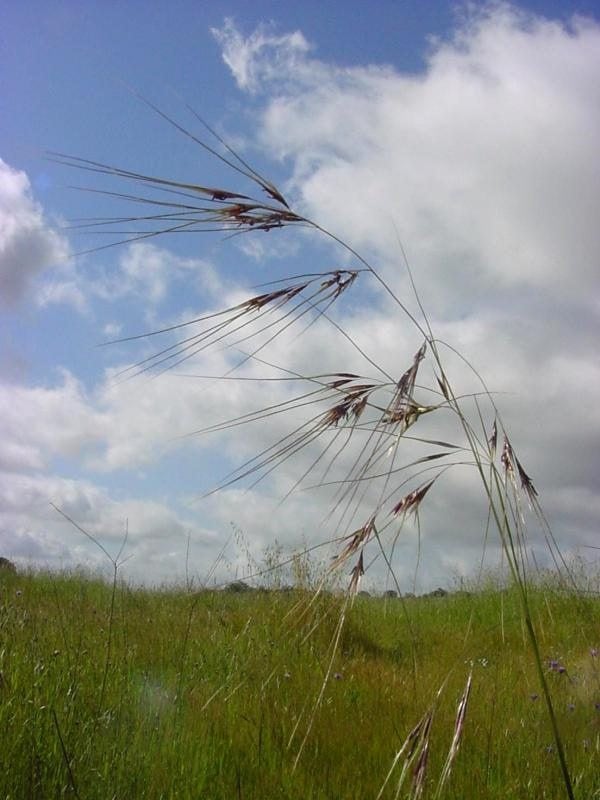
How To Grow Purple Needlegrass: A Guide To Purple Needlegrass Care
California named purple needlegrass as their state grass because of its important history. What is purple needlegrass? Click this article for more purple needlegrass info, as well as tips on how to grow purple needlegrass.
By Darcy Larum
-
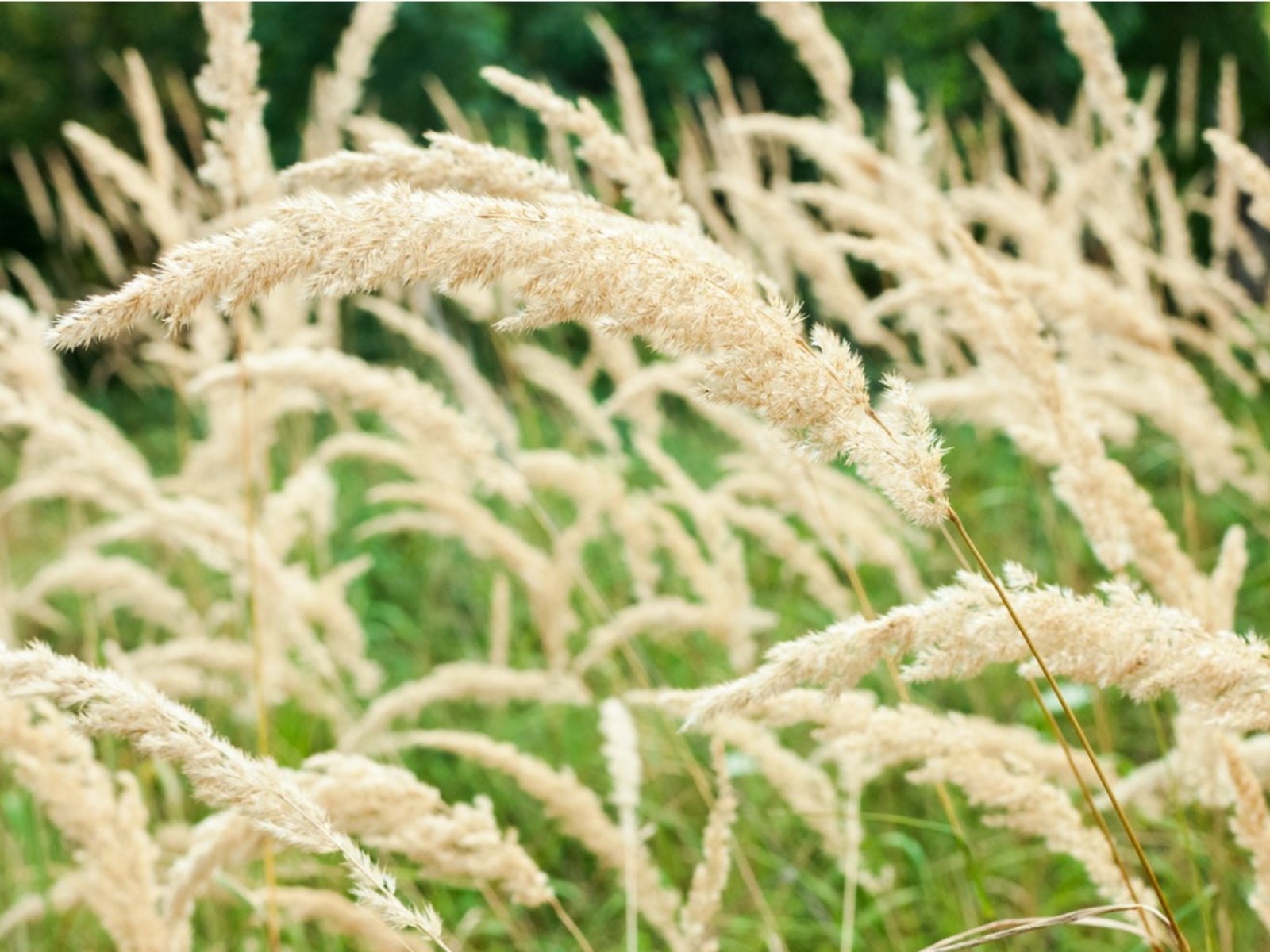
Korean Feather Reed Grass Info – Learn How To Grow Korean Reed Grass
For a real jaw dropper, try growing Korean feather grass. This narrow clumping plant has architectural appeal combined with soft, romantic movement via its flower-like plumes. If your interest is piqued, click here for more Korean feather reed grass info.
By Bonnie L. Grant
-
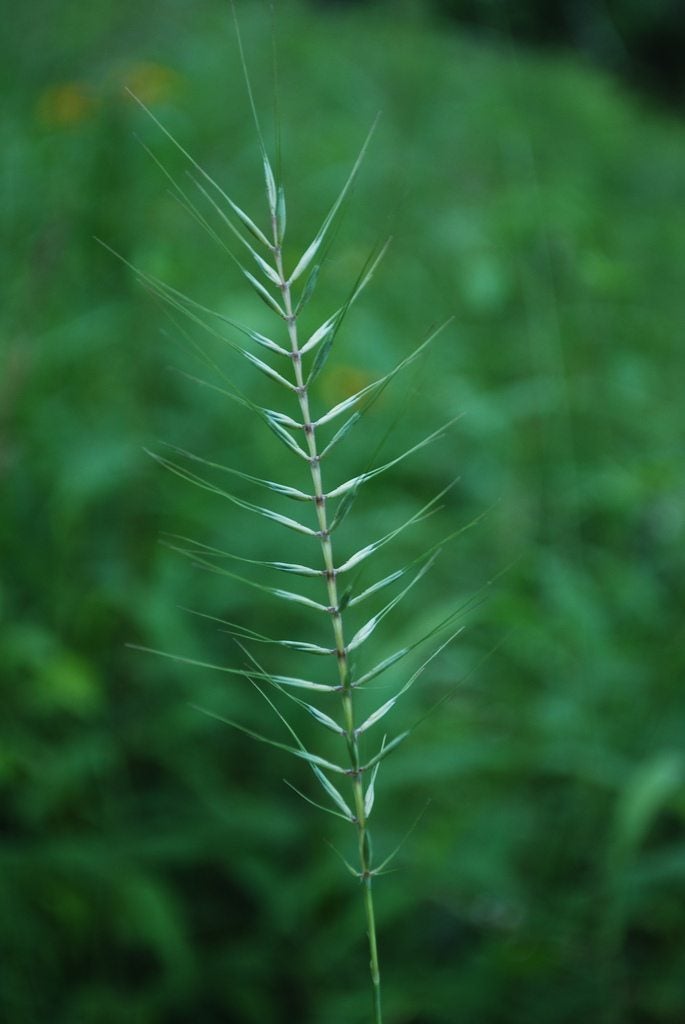
What Is Bottlebrush Grass – How To Grow Bottlebrush Grass Plants
Ornamental grasses are popular in gardening because they are easy to grow and provide a unique look you can't achieve with flowers and annuals. Growing bottlebrush grass is a great choice for a perennial grass with a very distinctive look. Learn more here.
By Mary Ellen Ellis
-
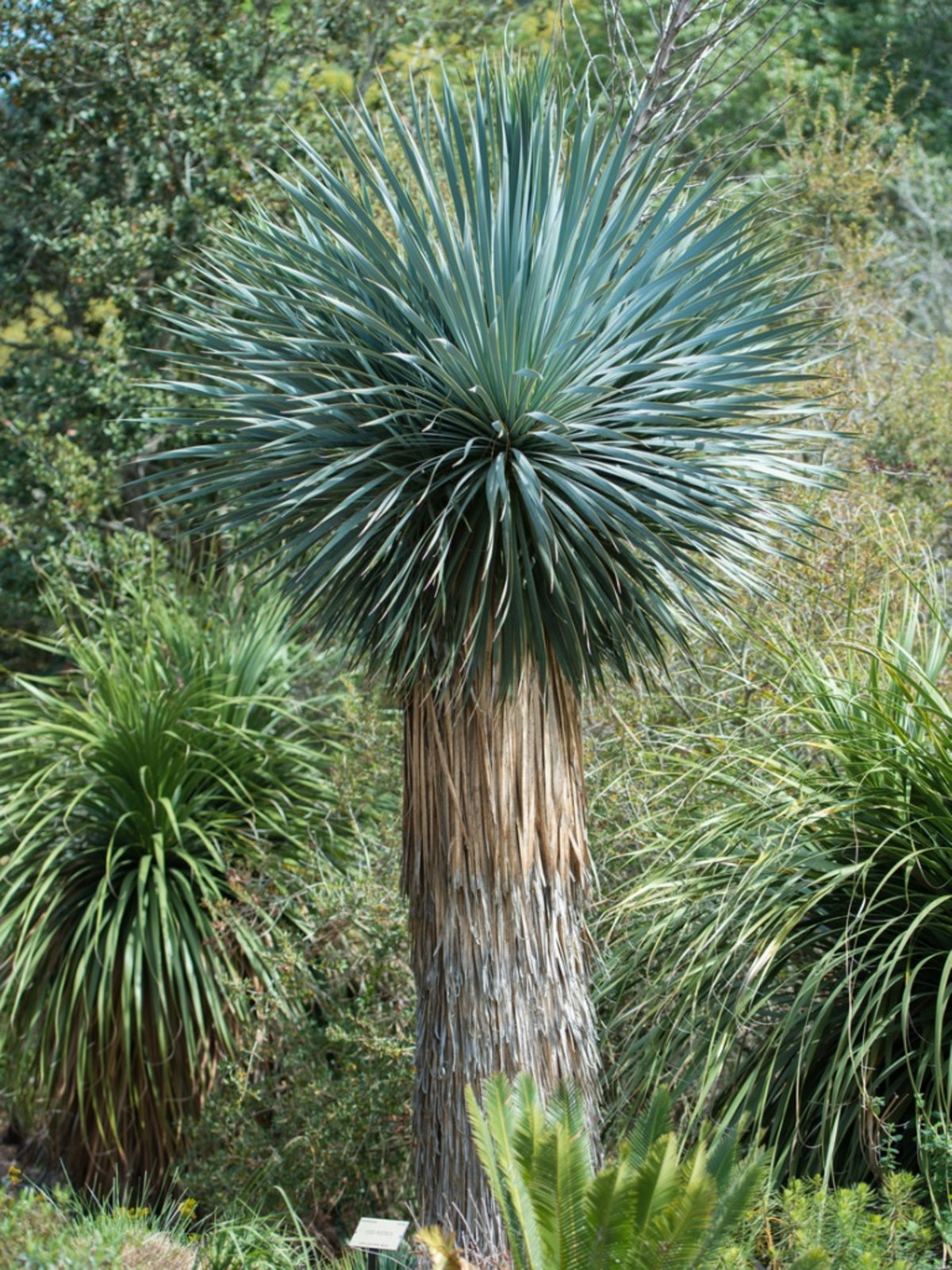
Beaked Yucca Care – How To Grow A Beaked Blue Yucca Plant
According to beaked yucca plant information, it is a succulent, cactus-like evergreen shrub popular as a landscape plant in the southwestern United States. If you want to learn more about how to grow a beaked blue yucca, this article will help.
By Teo Spengler
-

Winter Papyrus Care – Tips For Overwintering Papyrus Plants
Papyrus is a vigorous plant suitable for growing in USDA hardiness zones 9 through 11, but overwintering papyrus plants is critical during the winter months in more northern climates. Learn more about winter papyrus care in this article.
By Nikki Tilley
-
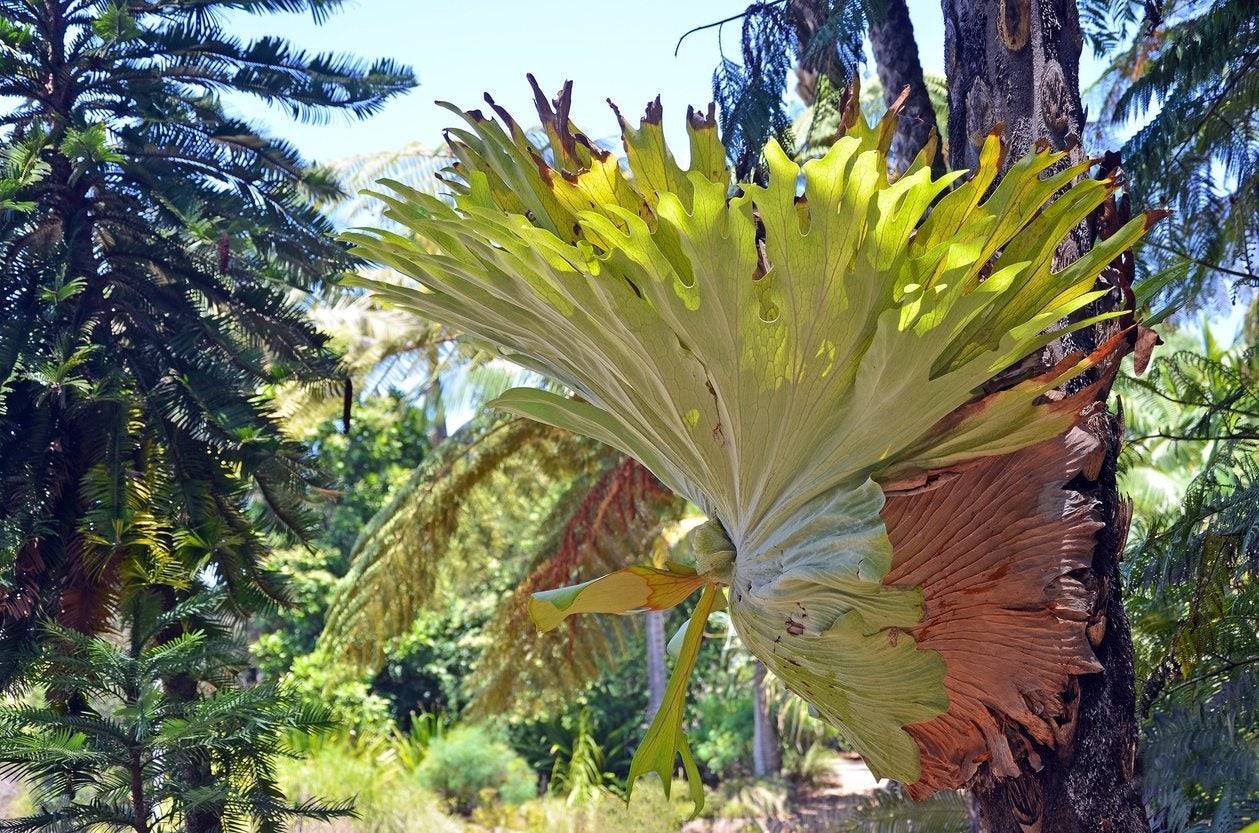
My Staghorn Fern Is Turning Yellow: How To Treat A Yellow Staghorn Fern
"My staghorn fern is turning yellow. What should I do?" Staghorn ferns are some of the most unusual-looking plants home gardeners can grow. They can also be expensive, so it's important to catch any problems early. Lean about fixing yellowing staghorns here.
By Ilana Goldowitz Jimenez
-

Growing Banana Fed Staghorns: How To Use Bananas To Feed A Staghorn Fern
In the case of the staghorn fern, adding whole banana peels is just as effective as composting them first. You can ?feed? a whole peel or even a whole banana to the plant by placing it on top of the plant, among its fronds. Learn more in this article.
By Ilana Goldowitz Jimenez
-
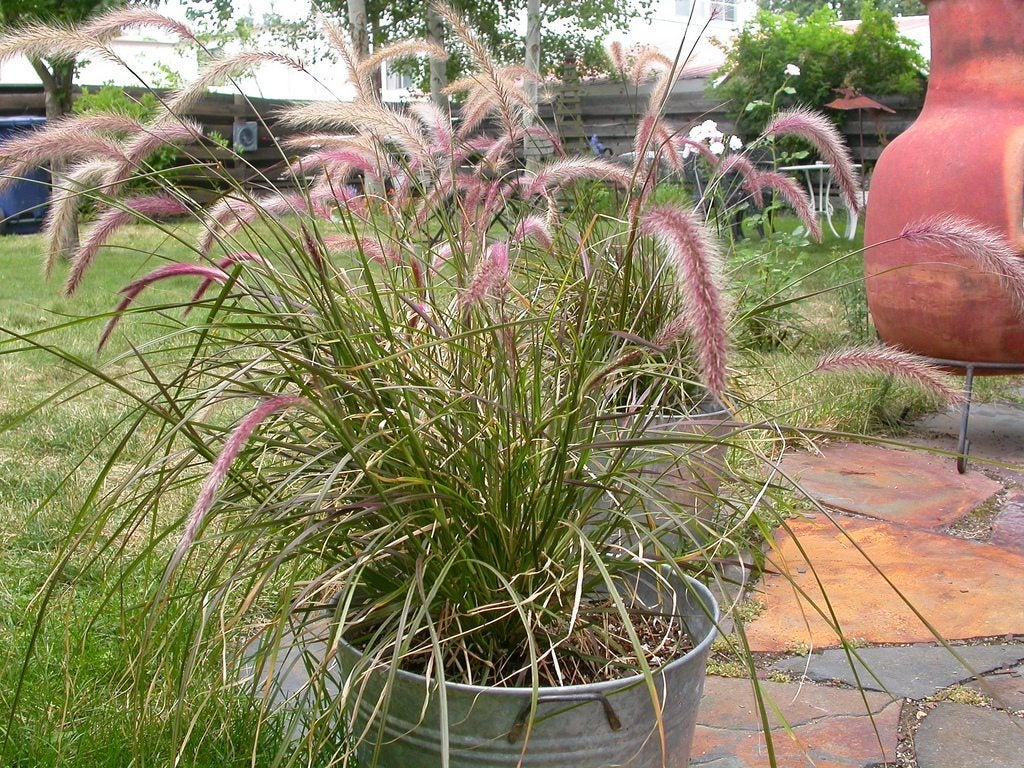
Fountain Grass Trimming – How To Treat Brown Tips On Fountain Grass
Fountain grass plants are easy to grow and generally unfussy, but occasional brown tips on fountain grass can be a clue to incorrect site conditions, cultural care or simply a natural process. There are several browning fountain grass causes, so click here for more info.
By Bonnie L. Grant
-
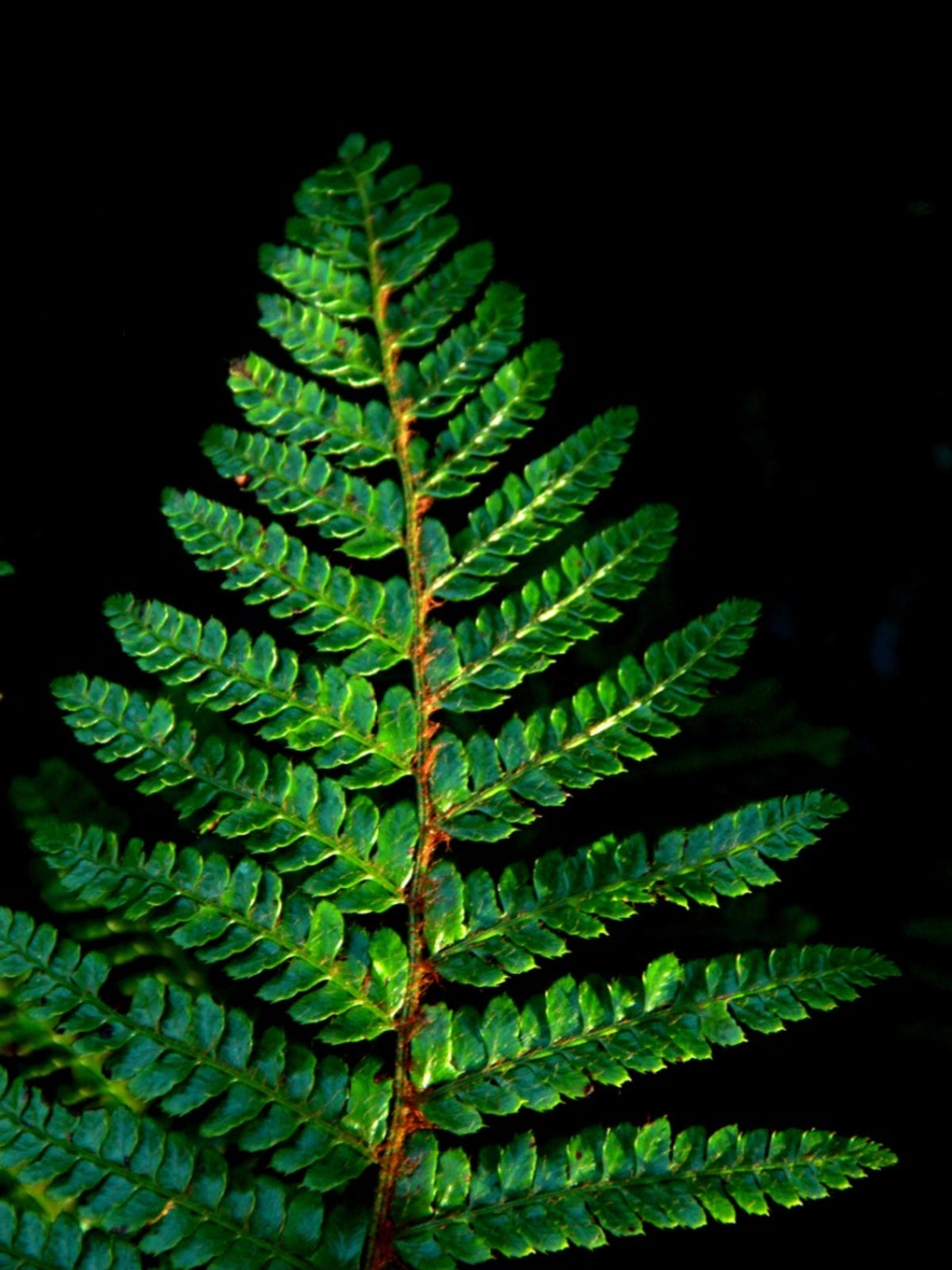
Tassel Fern Information: How To Grow A Japanese Tassel Fern Plant
Japanese tassel fern plants lend a touch of elegance to shade or woodland gardens due to their mounds of gracefully arching, glossy, dark-green fronds. Click the article that follows to learn more about how to grow a Japanese tassel fern.
By Shelley Pierce
-
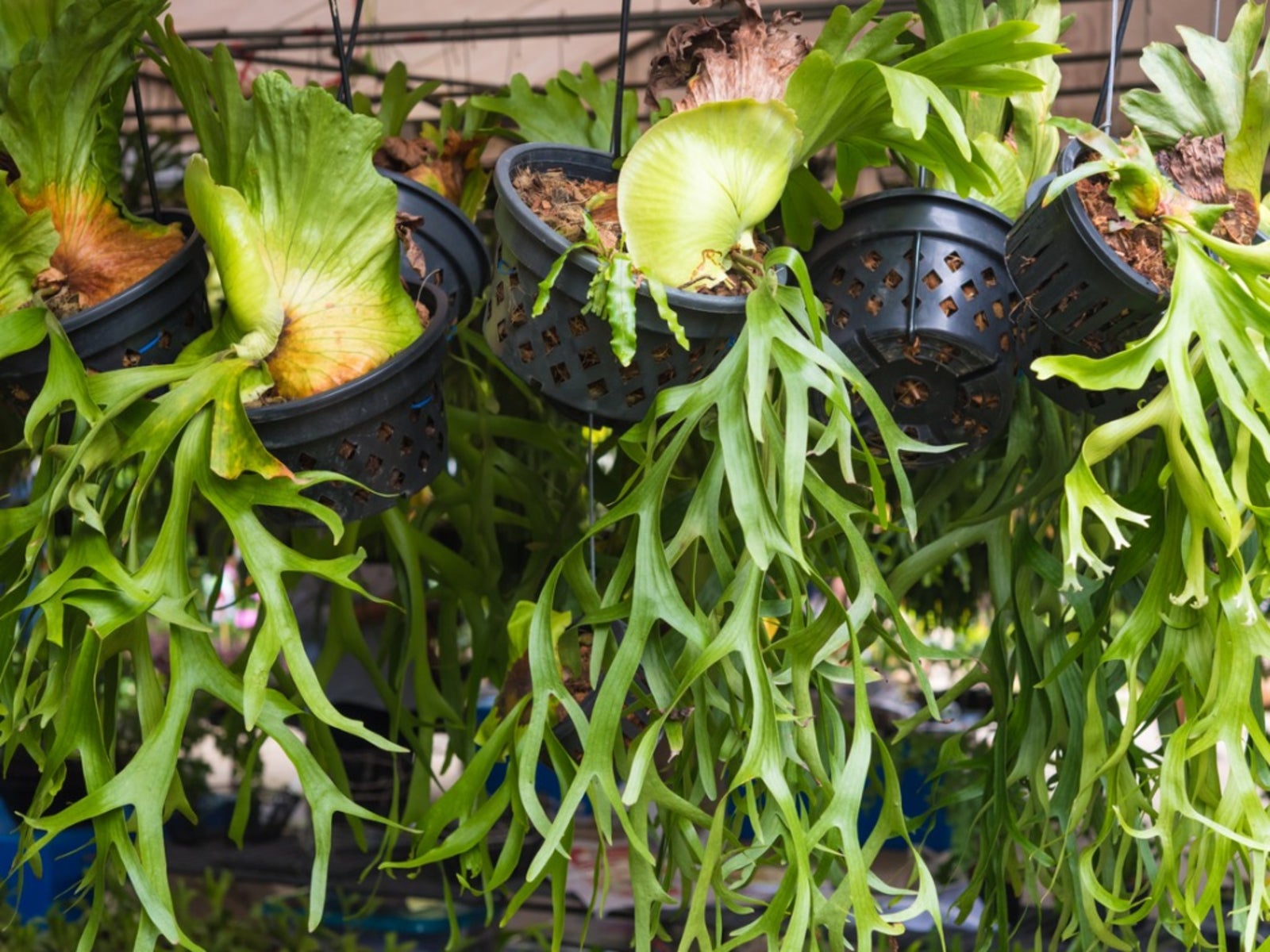
Dividing Staghorn Ferns – How And When To Divide A Staghorn Fern Plant
The staghorn fern is a unique epiphyte that grows well indoors, and in warm, humid climates outdoors. It's an easy plant to grow, so if you have one that gets large, knowing how to divide a staghorn fern successfully comes in handy. This article will help.
By Mary Ellen Ellis
-
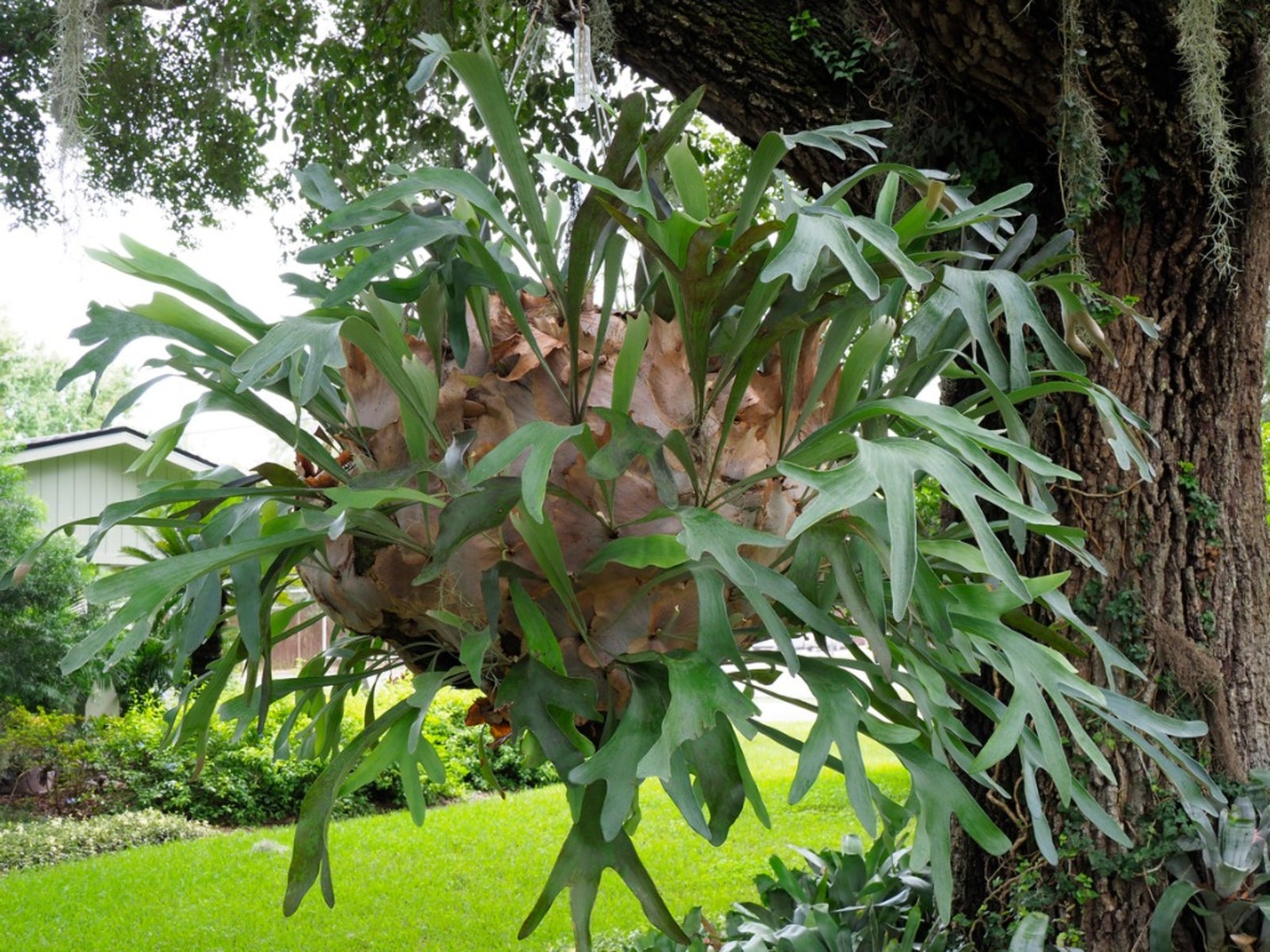
Staghorn Fern Plant Problems: How To Treat A Diseased Staghorn Fern
Although they can be a little tricky to get just so, once a staghorn is established, you can expect few problems with them. Once in a while, however, your staghorn may get sick and that?s why we put this article together. Click here to learn about diseases of staghorn ferns.
By Kristi Waterworth
-
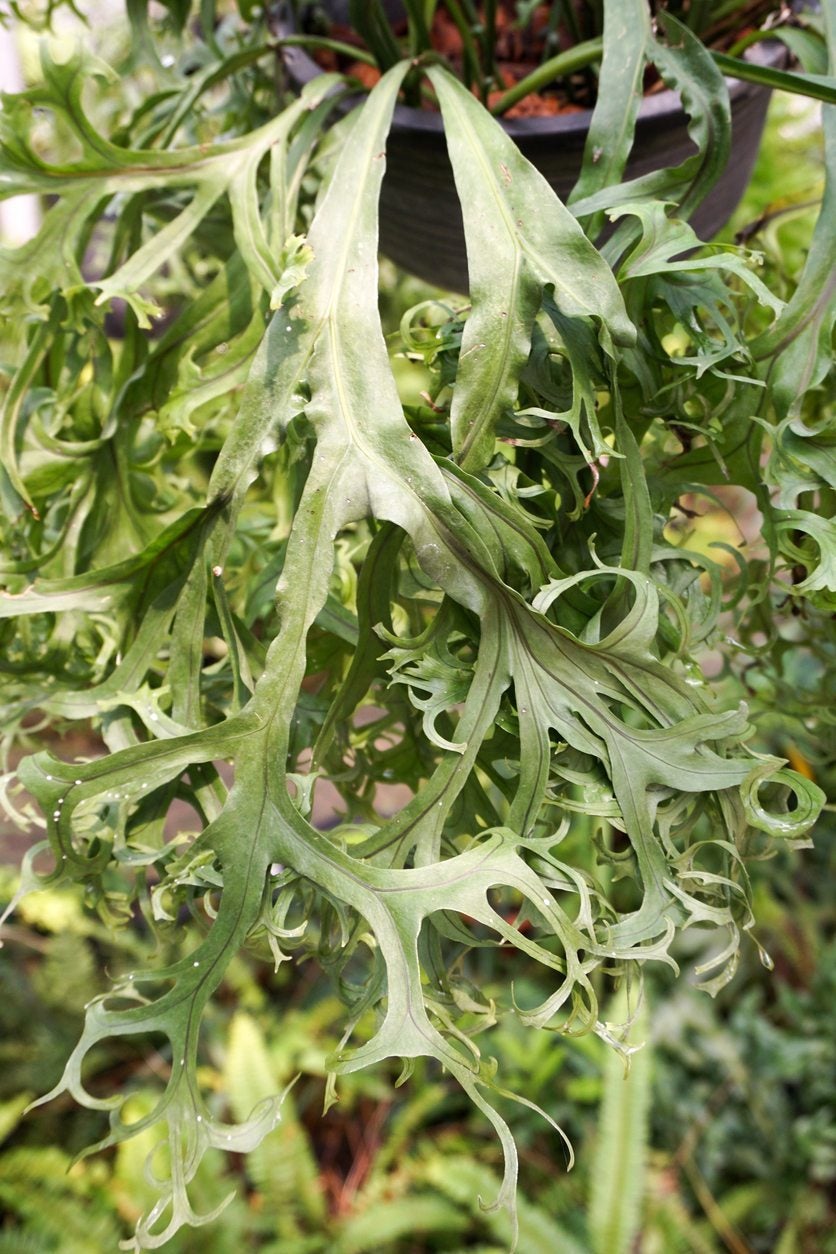
Staghorn Fern Leaf Drop: How To Save A Staghorn Fern Losing Fronds
Owning a staghorn fern is an exercise in balancing of water and light, nutrients and keeping their roots exposed. When your staghorn fern starts dropping leaves, you know something has gone wrong in the equation. Learn more in this article.
By Kristi Waterworth

